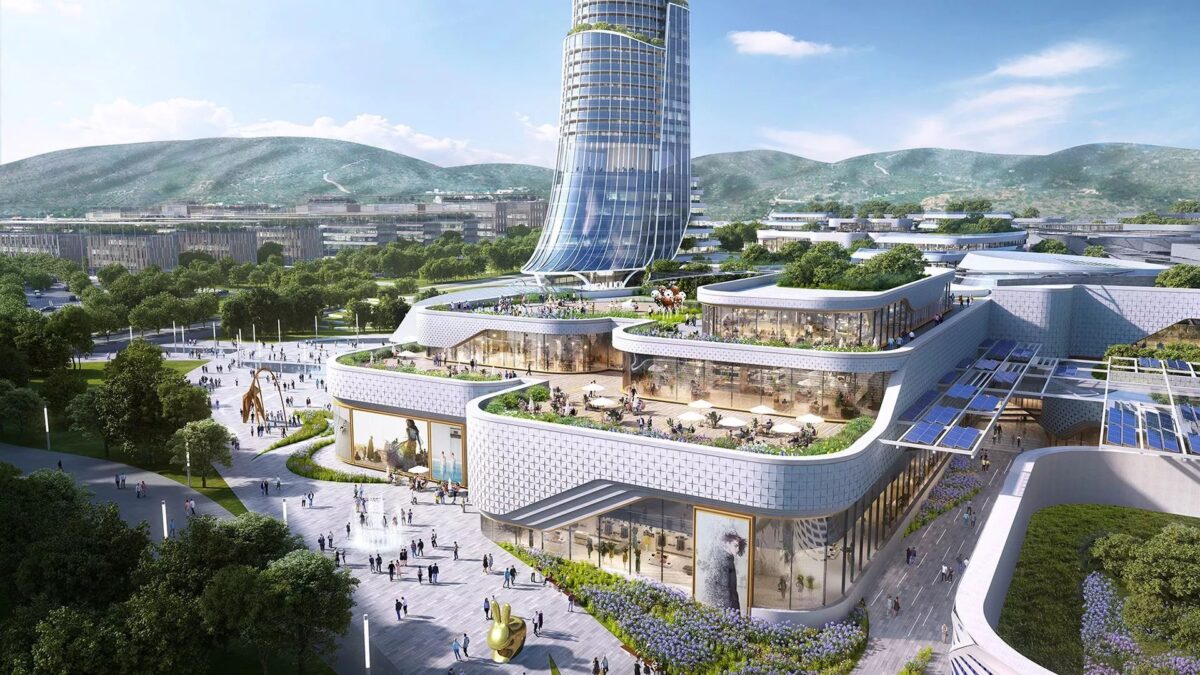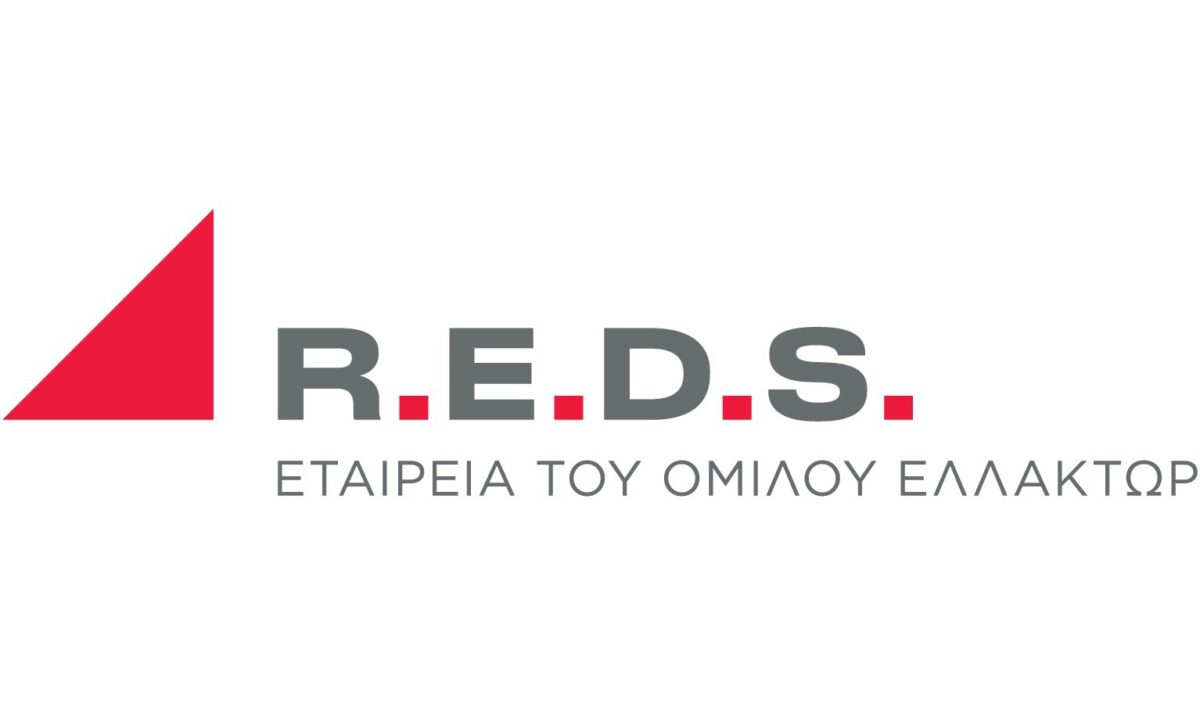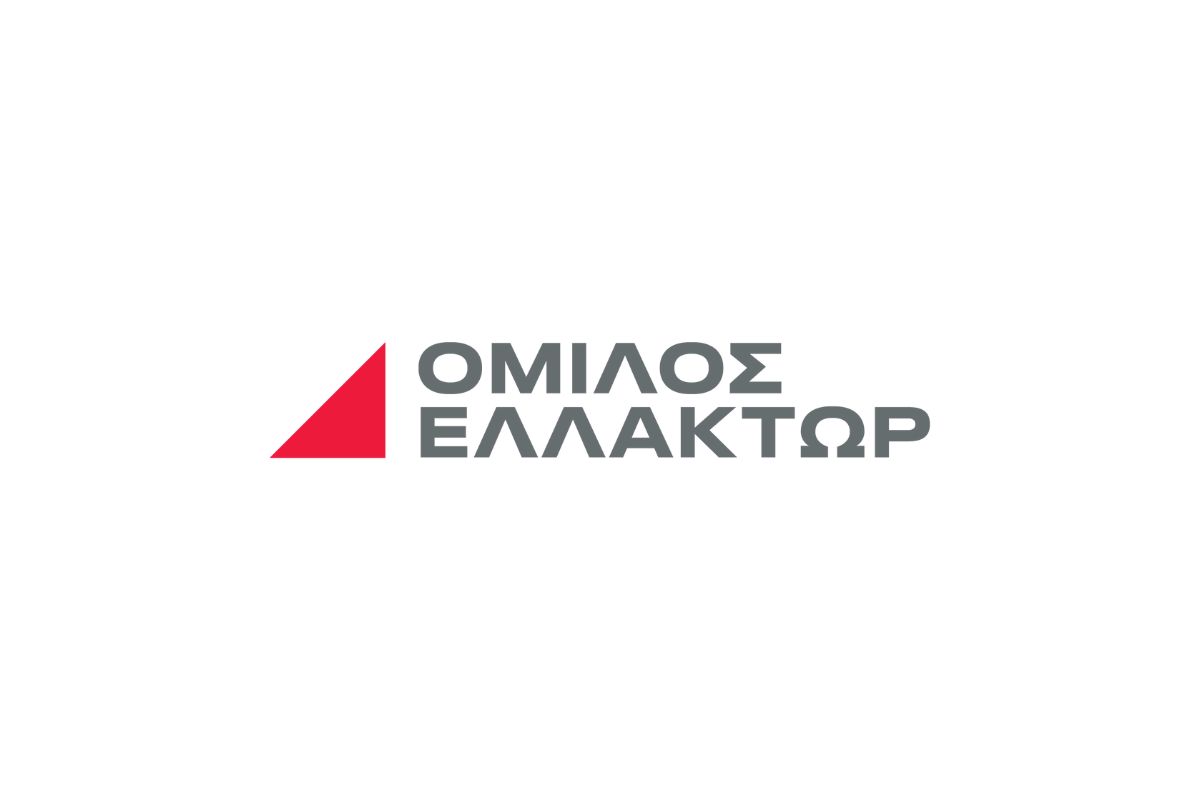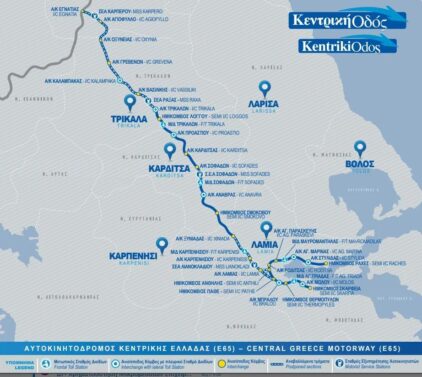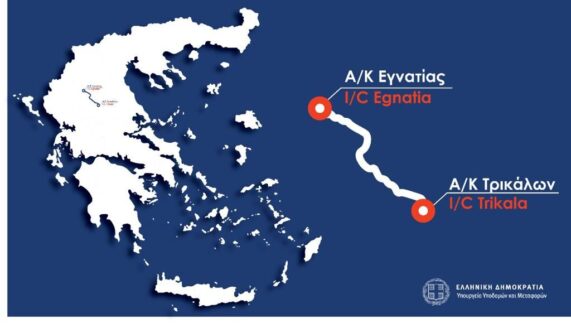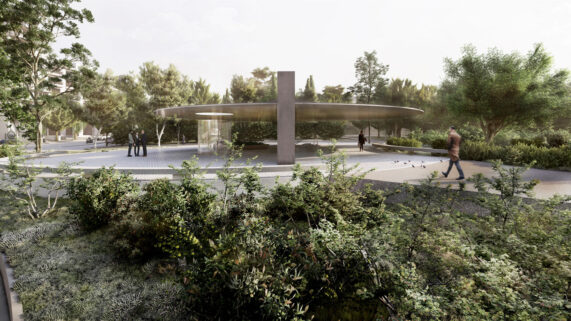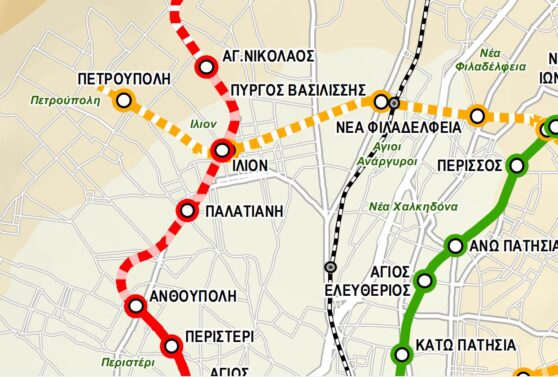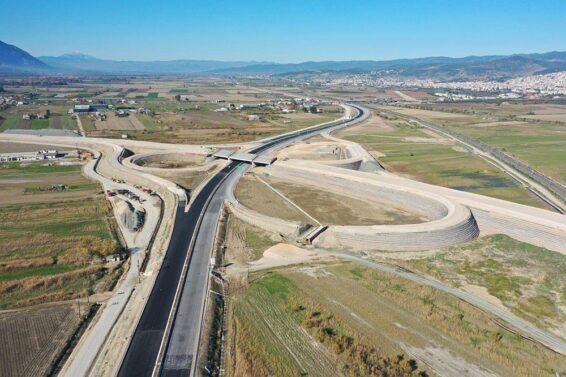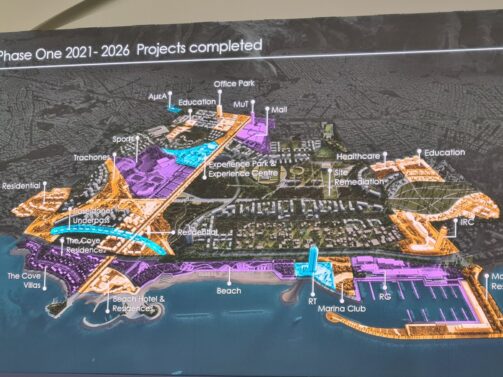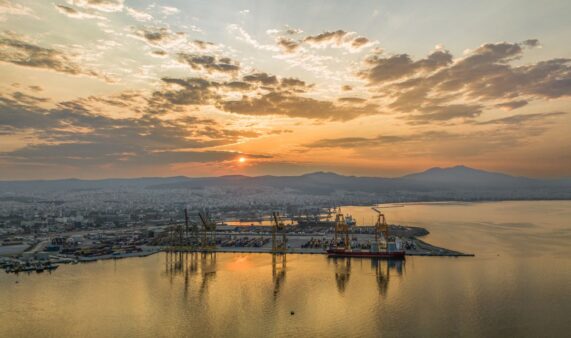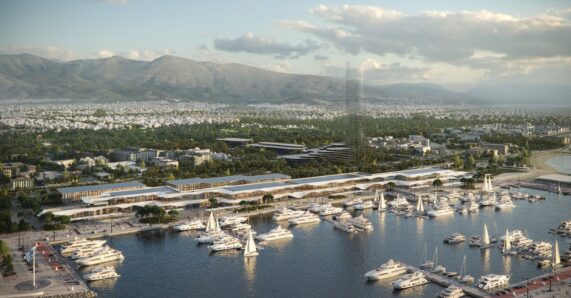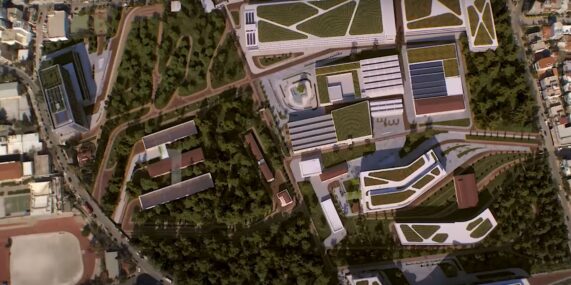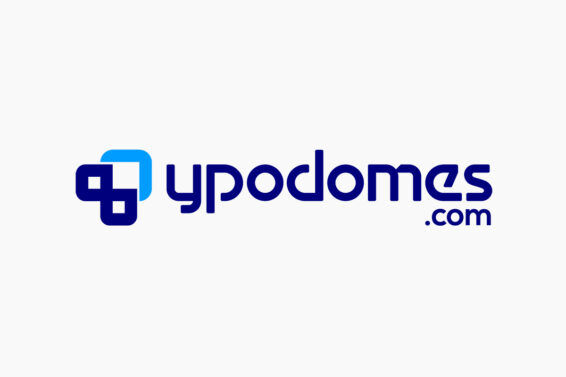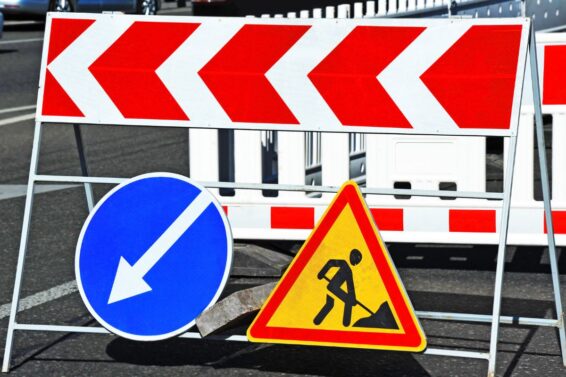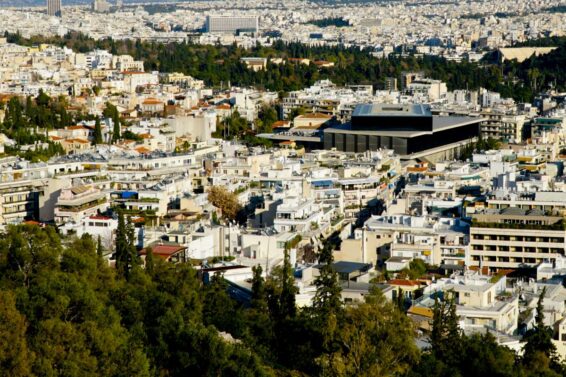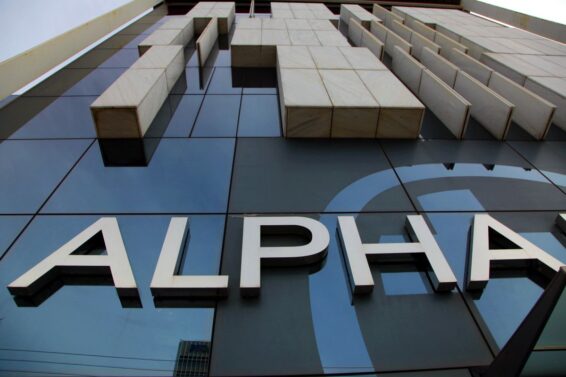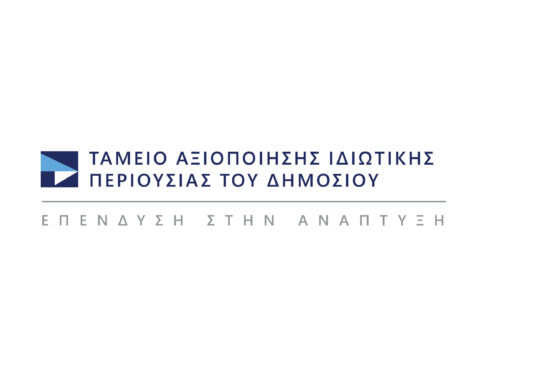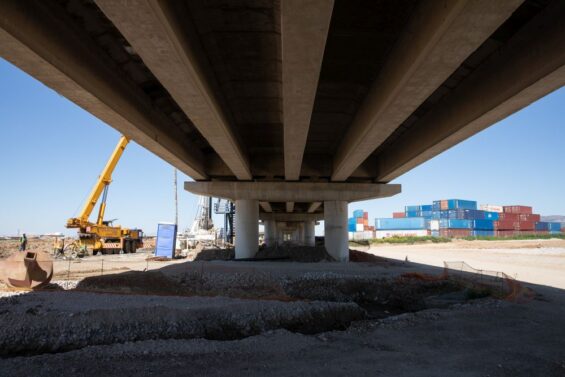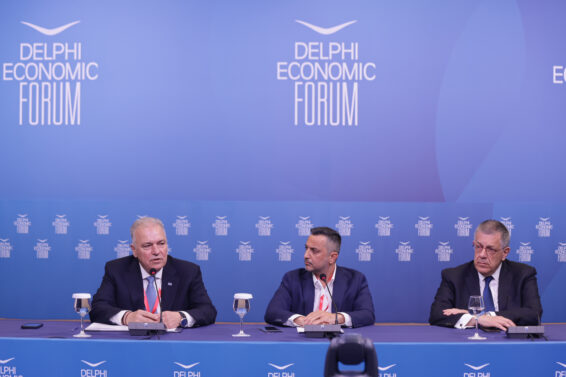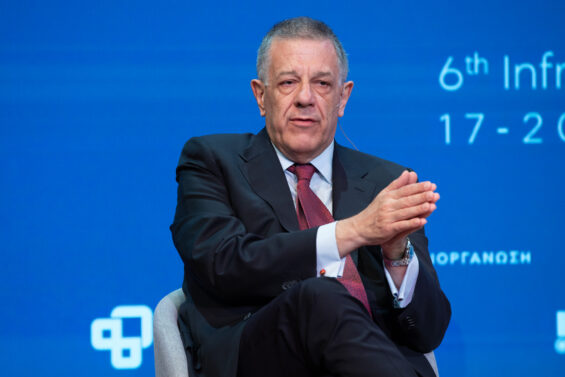As NSRF 2014-2020 is maturing and many of the planned projects are on track for implementation, it is a good time to think about the next NSRF period and consider which projects we want to include in it. Do not think it is too early, at the present time, on the contrary, we are now able to know the “fate” of the current NSRF’s projects and, based on this knowledge, we could plan our next moves.
Fortunately, the good news is that, in the next NSRF we will not have phasing projects (from the previous programming period), that have been slowing down the implementation of brand new projects, for years. This means that in the next list of infrastructure projects, we can finally put together a series of entirely new projects.
It is noted that in the current NSRF 2014-2020, phasing projects dominate. Thessaloniki Metro, Athens Metro and Tram networks’ extension to Piraeus, Aktio – Amvrakia Motorway, Egnatia Motorway, railway projects and many more had to be transferred to the current period in order to be completed. In absolute numbers, out of 5bn euros that were roughly available for infrastructures and environment-related projects, almost 3bn euros concern phasing projects.
In fact, the production of new projects was much smaller than the amount allocated to our country, and that would be why the domestic constructions sector is talking about shrinking. Also, new major road-related projects, that may overburden the next NSRF, are not expected, as it was the case in 2007-13.
During the next NSRF there will be phasing projects but it is obvious that they will not dominate since they will have to be completed by the end of 2022, even with funds from the Public Inversments Program, given that, based on European regulations, they will not be eligible for additional funding by NSRF 2021-2027.
Athens Metro Line 4 project will require a significant amount of money to be completed and is almost certain that will pass to NSRF 2021-2027. There is also a possibility to see some of the projects from NSRF 2014-2020, whose review will take place in the next few months, as mature projects, ready for auctioning will be prioritized.
For the first time, Greece will have a great opportunity to put first to a few but large-scale transport infrastructure projects; i.e. Metro and railway projects. Based on the above, we will be able to integrate and implement major projects that will, most likely, not be completed, especially as Metro projects traditionally use resources from two consecutive NSRFs. This opportunity combined with the experience of Attiko Metro, ERGOSE and OSE, can put on implementation track, a very powerful “bundle” of projects. These are:
Metro
First of all, the extension of Athens Metro Line 4 in Goudi – Lykovryssi and Veikou – Perissos sections, with a cost of approximately 1.6bn euros. Also, the long-awaited extension of Line 2 from Anthoupoli to Ilion, with a cost of 300mn euros.
In Thessaloniki Metro, both the new circular line in the West and the extension to the Airport, at a cost close to 1.2bn euros could also be included.
Railway
The so-called “Railway Egnatia” in Northern Greece, as there are mature studies, especially for the Eastern section of the corridor, where there is already some activity.
If we estimate that the above projects have a cost of 4bn euros, some of which could be co-financed by EIB (which typically finances railway and Metro projects across Europe) and funding tools such as CEF (that has funded major rail projects in the country with than 500mln euros), and if we consider that some of these projects will not be completed during that period, the financing of the future NSRF for them could reach 2bn euros, i.e. less than 40% of the approximately 5bn euros that will be available in total.
If utilized smartly, we could be talking for a Program that will grow Athens Metro network by 17 km and 16 station and bring 13 new stations in Thessaloniki with 14 km, realizing projects that now seem distant for the country due to their exorbitant cost.
All the above require a key factor that applies to all projects; All projects should mature equately, that is to say, environmental licensing and tender documents, EIB financing agreements documents and timely planning of the precursory works that will be facilitating the main project.
This new scenery now looks distant, but for the first time Greece has the opportunity to enter the new NSRF with a clean slate. Will it be able to make it?
Nikos Karagiannis-ypodomes.com
ΜΗΝ ΞΕΧΑΣΕΤΕ
- Ακολουθήστε το ypodomes.com στο Google News και μάθετε πρώτοι όλες τις ειδήσεις για τις υποδομές στην Ελλάδα
- Αν είστε επαγγελματίας του κλάδου, ακολουθήστε μας στο LinkedIn
- Εγγραφείτε στο Ypodomes Web TV

